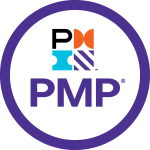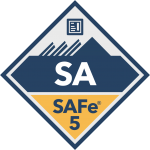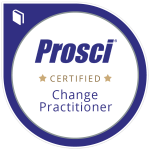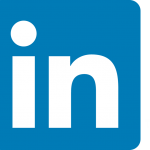How To Adopt Agile Business Practices: A SAFe 5.0 Flyby

Determining how to adopt agile business practices is best aided by a comprehensive framework. In SAFe 5.0 Flyby (Part 2) we build on a conceptual foundation of Lean-Agile utilizing 7 group areas to structure and understand more than 100 elements of the scalable, comprehensive SAFe approach. Part 2 of a 2 part series.
How To Adopt Agile Business Practices: Basic Concepts

Determining how to adopt agile business practices is best aided by a comprehensive framework. We like the scaled agile framework (SAFe) starting with an Lean-Agile mindset (Basic Concepts). Part 1 builds a conceptual foundation for a scalable approach is characterized and supported by more than 100 elements (SAFe 5.0 Flyby). Part 1 of a 2 part series.
Why Agile Management? Because it is an increasingly VUCA world

Agile is an effective approach to managing in a volatile, uncertain, complex and ambiguous (VUCA) world. We share how to think about uncertainty through the lens of the Cynefin framework’s domains of simple, complicated, complex and chaotic. And, we illustrate several management approaches mapped to the Cynefin frame
Safe Execution: Business-IT risk discussion

Getting away from C-I-NO! Discuss Business-IT risk more rationally by considering the 4A’s of Availability (of business processes), Access (by the right people), Accuracy (of the information) and Agility (of change). But the most critical element is start the dialogue with IT.
The Email Opportunity for Improving Collaboration
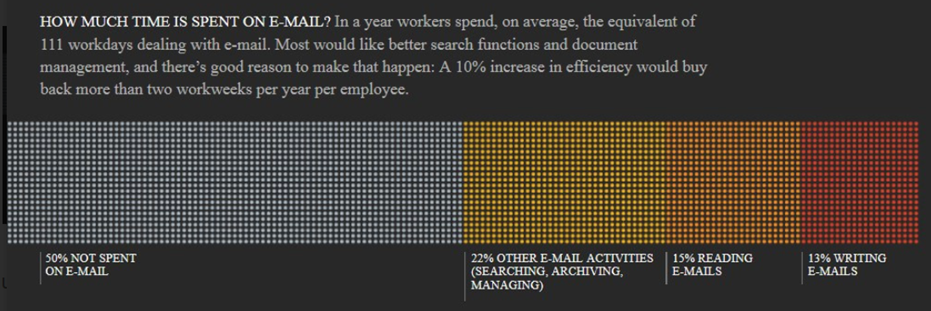
The email opportunity for improving collaboration considers how we spend half of our work-year on email. The new collaborative tools with more enhanced search, ask and share capabilities offer an obvious solution, as long as we don’t end up doing both.
The Calculus of Capabilities- An integrated maturity model
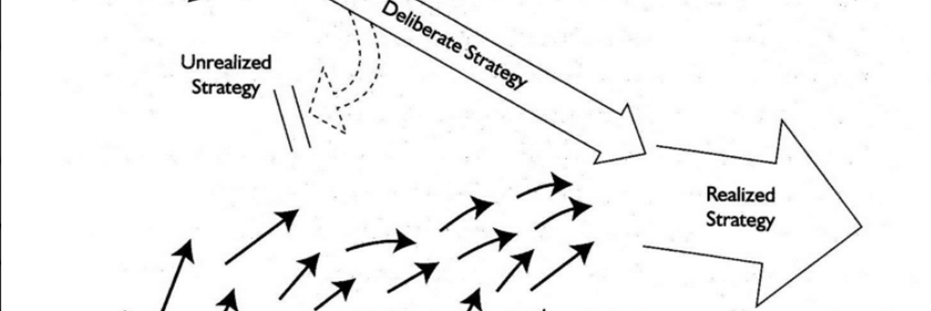
We present two foundational, integrated maturity frameworks as a follow-up to our previous post “The Calculus of Capabilities“, where we explored various capability maturity models (CMMs) by reverse engineering nearly 20 common CMMs.
The Calculus of Capabilities

In The Calculus of Capabilities we explore the breadth of approximately 20 common capability maturity models (CMMs), and we observed from our reverse engineering the linkage between maturity-level and scope-of-involvement. We propose a 5-level progression as a CMM base framework.
Great Teams Require Great Communication
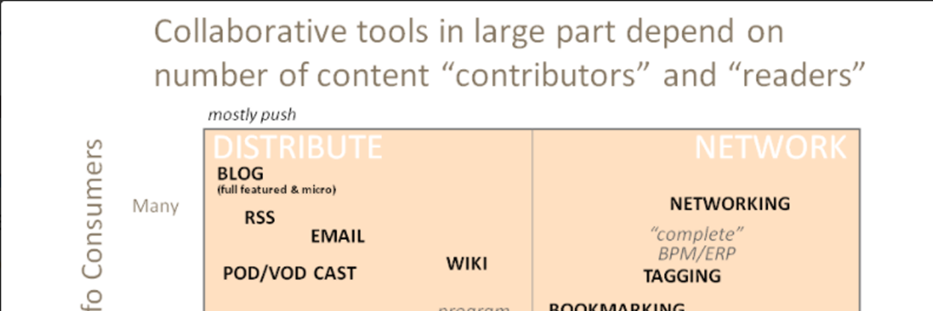
Great teams require great communication, as communications is highly correlated with team success. We developed an analytic frame to consider the number of contributors versus the number of readers. We then mapped current enterprise uses and common tools to illustrate “neighborhoods” of communication.
Improved Vetting: Social-Business-Inside-The-Enterprise Case Study

Social business methodologies applied inside the enterprise are highlighted in this case study. The case study shares how the engagement delivered on two fronts: 1) business outcomes (WHAT) and 2) social business outcomes (HOW- including capability building). The vetting process engaged a mix of remote (world-wide) and face-to-face (local) leaders and staff very early in the spin-out’s lifecycle, further accelerating the change.
Enterprise Analysis Framework- Planning for outcomes

“As we work through strategy, there is a natural cascade, or progression, from “why” to “what” to “how”. We need to drive the directional thinking (“why” and “what”) down into execution (“how”) because, and we should keep reminding ourselves of this, at the end of the day we need to deliver business results”

